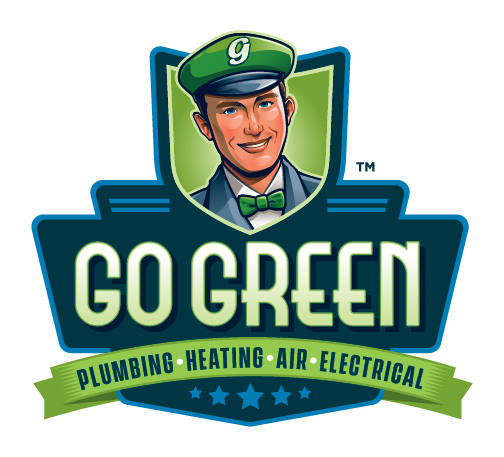Ever walked into your home and noticed a musty smell or found yourself sneezing more often than usual? These could be signs of poor indoor air quality (IAQ), a common issue that many homeowners face. But how can you be sure that the air in your home is safe and healthy for your family? This is where indoor air quality testing comes in. In this blog, we’ll review what indoor air quality testing is and why it’s important.
Understanding What Indoor Air Quality Testing Is
So, what is indoor air quality testing? In simple terms, it’s a process that measures the levels of pollutants and contaminants in the air inside your home. These tests can detect a variety of harmful substances, including volatile organic compounds (VOCs), carbon monoxide, mold spores, and more. Knowing what indoor air quality testing is can help you identify potential hazards and take steps to improve the air you and your family breathe every day.
Why You Need to Test Your Home’s Air Quality
You might be wondering, “Do I really need to test my home’s air quality?” The answer is a resounding yes. Poor indoor air quality can lead to various health issues, ranging from minor irritations like headaches and fatigue to more serious conditions such as asthma symptoms, lung cancer, and other respiratory problems. Regular home air quality tests can help you stay ahead of these issues by identifying pollutants before they become a serious threat.
Sources of Indoor Air Pollution
Indoor air pollution can come from numerous sources. Everyday activities like cooking, cleaning, and even using certain household products can release pollutants into the air. Gas appliances, poor ventilation, high humidity, and even the materials used in your home’s construction can contribute to indoor air quality issues.
Common Pollutants Found During Indoor Air Quality Tests
Indoor air quality tests often reveal a variety of common pollutants, including:
- Volatile Organic Compounds (VOCs): These are emitted by paints, cleaning supplies, and other household products.
- Carbon Monoxide: This is an odorless gas that can be deadly at high levels.
- Mold Spores: These can cause respiratory issues and other health problems.
- Dust Mites and Pet Dander: These are common allergens that can affect indoor air quality.
- Radon: This is a naturally occurring radioactive gas that can cause lung cancer.
DIY vs. Professional Air Quality Testing
When it comes to home air quality tests, you have two main options: DIY kits and professional air quality testing. DIY kits are readily available at big box stores and can be a cost-effective way to get a basic understanding of your indoor air quality. However, for more comprehensive testing and accurate results, professional air quality testing is the way to go. Professionals have the tools and expertise to identify and measure a wide range of pollutants that DIY kits might miss.
Steps Involved in Professional Air Quality Testing
Professional air quality testing typically involves several steps:
- Initial Consultation: Before starting your home air quality test, a professional will discuss any symptoms of poor air you’ve noticed and assess your home’s needs.
- Air Sampling: When experts test air quality, they will take air samples from various areas of your home to measure for different pollutants.
- Analysis: The samples are analyzed to determine the presence and levels of pollutants.
- Results and Recommendations: The professional will provide you with a detailed report of the air quality test results and recommend steps to improve your home’s air quality. This way, you can get back to enjoying clean, fresh air.
Common Signs of Poor Indoor Air Quality
Recognizing the signs of poor air quality can help you take action before the situation worsens. Some common indicators include:
- Frequent allergy symptoms: Sneezing, coughing, and itchy eyes can be signs of allergens like dust mites or pet dander in your home’s air.
- Persistent odors: Musty or chemical smells can indicate mold growth or the presence of VOCs.
- High humidity levels: Excessive moisture can promote mold growth and attract pests.
- Visible mold: Mold spots on walls, ceilings, or around windows are clear signs of moisture issues.
- Increased dust: Dust accumulation can aggravate allergies and asthma.
- Health issues: Frequent headaches, dizziness, and fatigue can all be linked to poor indoor air quality.
Improve Air Quality With Go Green!
Ultimately, indoor air quality testing can help you enjoy a healthy and comfortable living environment. By knowing what indoor air quality testing is and how it works, you can identify potential hazards and take proactive measures to improve the air in your home.
Are you eager to improve your home’s air quality in Greensboro or one of the surrounding areas? Schedule your home air quality test with Go Green today!
Our comprehensive testing services can help you identify and address any air quality issues, guaranteeing a healthier home for you and your loved ones. We also offer emergency heating and air conditioning services for all of your comfort needs. Contact us now to schedule your appointment!

